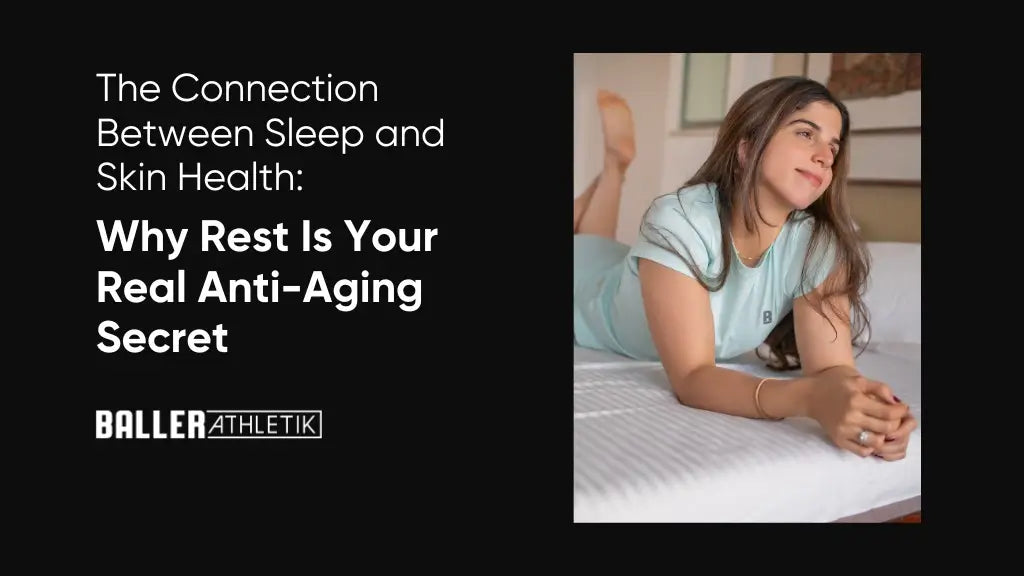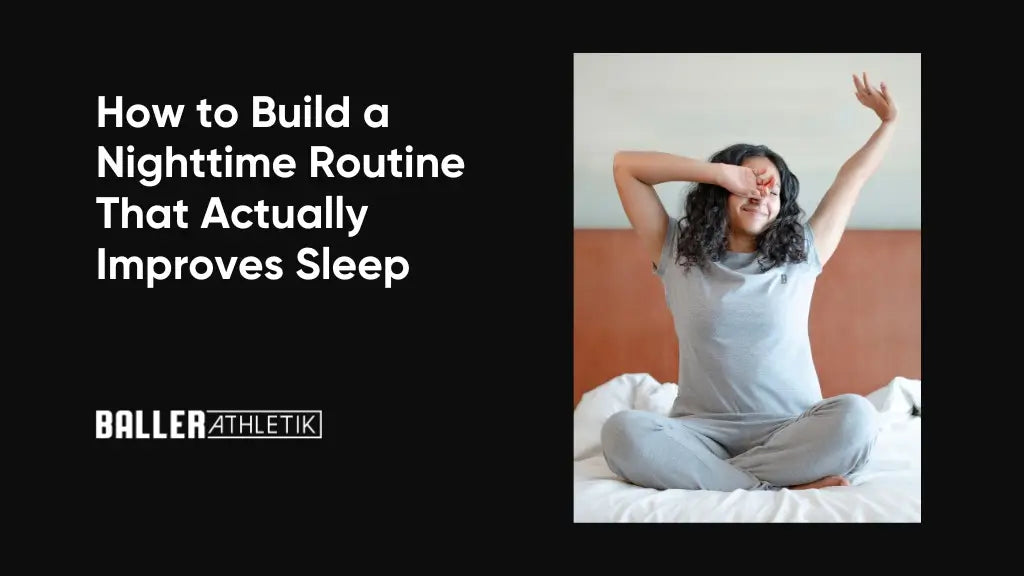We’ve all heard it before—“Avoid screens before bed because of blue light.” But is blue light truly the villain behind your restless nights, or are there deeper issues at play?
Let’s decode the truth about blue light, sleep, and everything that’s silently stealing your rest. Spoiler alert: your phone isn’t entirely to blame.
What is Blue Light?
Blue light is a part of the visible light spectrum, sitting at the high-energy end, just before ultraviolet (UV) rays. It’s naturally present in sunlight, and it plays a crucial role in regulating our circadian rhythm—our internal body clock. During the day, blue light helps boost alertness, mood, and cognitive function.
But here’s the catch: excessive exposure to artificial blue light—especially from LED screens like phones, laptops, and TVs—after sundown can mess with your sleep hormones, particularly melatonin.
Blue Light and Sleep: What Science Says
Melatonin is the hormone responsible for making you feel sleepy. When you’re exposed to blue light at night, melatonin production is suppressed, making it harder to fall asleep. A Harvard study found that exposure to blue light before bedtime can shift your circadian rhythm by up to three hours.
Sounds serious, right? Well, yes and no. While blue light is a factor, it’s just one piece of a much larger puzzle.
What’s Actually Keeping You Up at Night?
1. Stress and Overthinking
An overactive mind is one of the biggest barriers to quality sleep. Scrolling through emails, doomscrolling news, or even mentally replaying conversations from the day can send your brain into overdrive, making it hard to wind down.
Solution: Develop a wind-down routine. Slip into comfortable, lightweight sleepwear like Baller Athletik’s Far Infrared Pyjamas and practice mindfulness before bed.
2. Poor Sleep Environment
Too much light, inconsistent room temperature, and noise pollution can all interfere with your ability to fall and stay asleep. Even your bedding and what you wear to bed can disrupt rest.
Solution: Create a sleep sanctuary. Make your room dark, quiet, and cool. And ditch that old t-shirt for scientifically backed performance sleepwear that helps regulate temperature and enhances sleep recovery.
3. Irregular Sleep Patterns
Sleeping and waking at different times every day can confuse your circadian rhythm more than blue light ever could.
Solution: Try to go to bed and wake up at the same time—even on weekends. Your body loves consistency.
4. Late-Night Eating and Caffeine
Consuming heavy meals or caffeine late in the evening can spike your energy levels right when your body should be winding down.
Solution: Stick to light, balanced meals at dinner and avoid caffeine after 3 PM.
5. Poor-Quality Sleepwear
This is often overlooked, but what you wear to bed matters. Ill-fitting clothes, synthetic fabrics, and non-breathable materials can lead to discomfort, night sweats, and broken sleep cycles.
Solution: Switch to adaptive, breathable fabrics like those in Baller Athletik’s recovery sleepwear—engineered with far infrared technology to boost circulation and reduce restlessness.
Beyond Blue Light: A Holistic Approach to Sleep
So yes, blue light affects your sleep, but it’s not the only thing keeping you up at night.
Here’s what truly matters for better sleep:
-
Sleepwear: Your nightwear should work with your body, not against it. Baller Athletik’s infrared sleepwear for men and women supports muscle recovery, thermoregulation, and overall sleep quality.
-
Sleep Routine: Ditch the screen an hour before bed. Try journaling, stretching, or sipping herbal tea instead.
-
Comfort-first Fabrics: Fabrics that breathe and stretch—like modal blends found in luxury sleepwear—help prevent overheating and discomfort.
-
Digital Detox: While you can’t eliminate blue light entirely, you can reduce exposure. Use night mode, wear blue light glasses, or switch to a book before bed.
Sleepwear That Works While You Sleep
Baller Athletik's sleepwear collection isn't just stylish—it’s smart. Designed with far infrared (FIR) infused fabric, each piece supports better blood circulation and cellular repair. So while you're snoozing, your sleepwear is helping your body recover.
From pyjamas for women to men's sleep tops, the collection is perfect for anyone looking to upgrade their night routine.
Final Thoughts
Is blue light the enemy? Partially.
But if you're still waking up groggy despite cutting screen time, it’s time to look beyond your devices. Factors like stress, irregular schedules, and low-quality sleepwear could be playing a much bigger role than you think.
So the next time you find yourself tossing and turning, don’t just blame the blue light. Instead, turn the spotlight on your entire sleep setup—and start with your sleepwear.
Sleep smarter. Sleep deeper.




